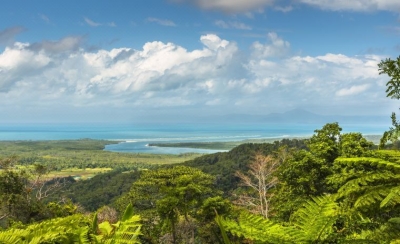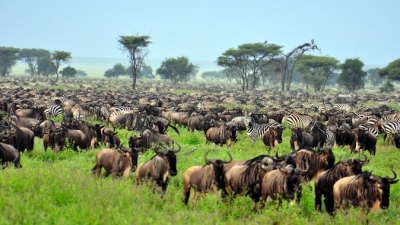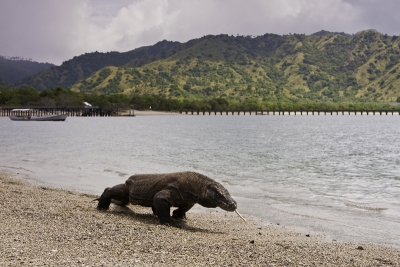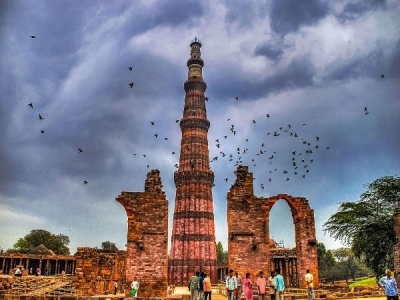Why Gondwana rainforests of Australia is famous?

Covering an area of 3,700 sq.km., the Gondwana Rainforests of Australia span the States of Queensland and New South Wales. Australia split from Antarctica during the breakup of Gondwana (an ancient supercontinent) several million years ago. And today, the rainforests continue to live on as windows offering insights into what happened all those years ago. These rainforests are signicant not only in terms of evolutionary history and geology, but also for their startling biological diversity. A variety of flora and fauna lineages, with origins that can be traced all the way back to Gondwana, exists today within these areas. Which is to say that many plants and animals have remained relatively unchanged from their ancestors whose fossils have been recorded. In fact, some of them are said to be found only in these rainforests. Apart from these, the region is a primary habitat for several threatened species of plants and animals. Many species continue to be discovered or rediscovered within these forests. For instance, the Hastings river mouse and parma wallaby, previously thought to be extinct, were rediscovered. The sheer diversity in the number of rare and threatened rainforest species in the region are of great global importance for both science and conservation. Though much from the original rainforests has been replaced by other vegetation types, due to several reasons such as climate change, the region continues to reveal secrets and mysteries of a time when humankind did not exist.
Wildlife
Among the mammals that can be found in the region are deer, rats, mice, bats, and flying foxes, echidnas, bandicoots, and platypuses, and marsupials such as wallabies, wallaroos, kangaroos, possums, quolls, and gliders. Pipits, wagtails, sparrows, finches, mynas, starlings, thrushes, swallows, martins, warblers, robins, wagtails, flycatchers, cuckooshrikes, babblers, honeyeaters, wrens, treecreepers, bee-eaters, kookaburras, kingfishers, owls, cuckoos, parrots, lorikeets, cockatoos, buttonquails, lapwings, kestrels, falcons, eagles, kites, buzzards, spoonbills, ibises, herons, egrets, cormorants, frogmouths, nightjars, grebes, ducks, and plenty of other birds can be spotted in these rainforests. Snakes, pythons, skinks, lizards, monitors, geckos, turtles, and frogs are some of the reptiles of the area. These are in addition to several species of fish and insects that call the place their home.
Threats
As mentioned earlier, climate change is a huge threat to these rainforests. But that isn't the region's only problem. Here are a few other concerns:
Wildfires: A UNESCO World Heritage site, these rainforests face the fury of wildfires too. With the intensity and frequency of the wildfires increasing in the region, there are concerns that if timely action is not taken, these ancient wonders could be lost forever. These fears are not unfounded because during the 2019-2020 wildfire season, it is believed that at least 50% of these rainforests were affected. There have been calls to the government for implementing and adhering to policies that protect these areas.
Tourism: While tourism is integral to the development and upkeep of any crucial region, it can have an adverse impact on the very region it seeks to protect. And this is the exact problem that the Gondwana rainforests faces. Every year, it welcomes a few million visitors, who not only enjoy the natural beauty of the place, but, in the process, unwittingly, damage the vegetation. This also leads to soil erosion in the area. In addition, the rubbish that these visitors leave behind could harm the plants and the animals inhabiting the region.
Invasive species: Among others, weeds such as lantana, take over the region, stifling the growth of native plants. In the long run, they could cause large-scale devastation to the native vegetation that has existed for millions of years. This is true of some of the animals too. Invasive speices or pests such as pigs, foxes, cats, goats, deer, and wild dogs could either damage and consume native vegetation or feed on native animals, severely impacting the native wildlife population.
Picture Credit : Google


